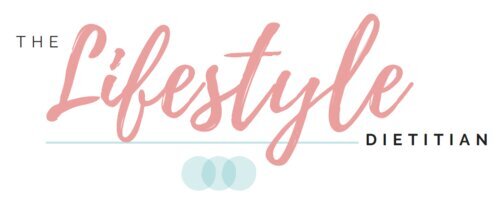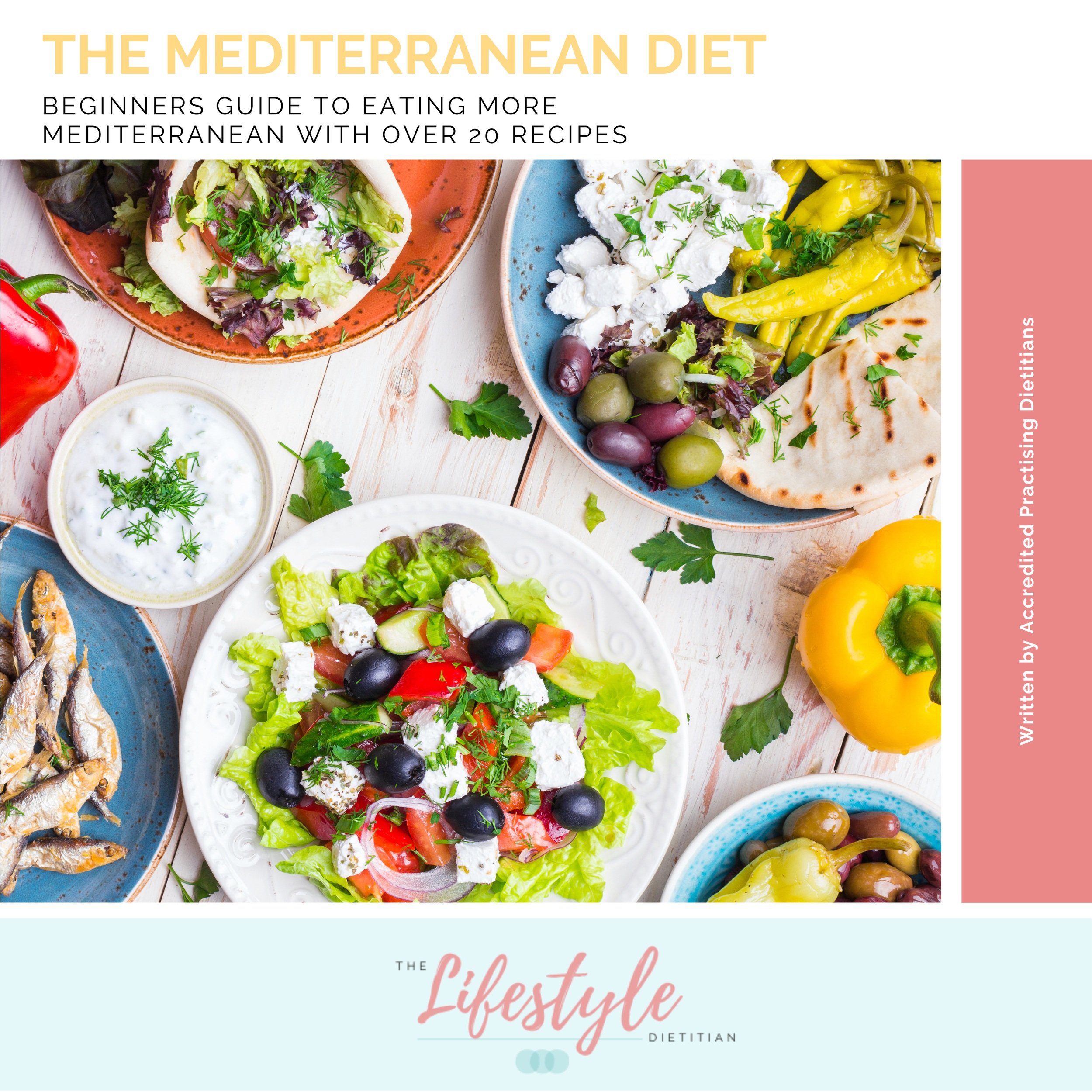The Best Breads Recommended By a Dietitian
There really is no limit to how many different breads can be stuffed into the supermarket shelf. Long gone are the days of simple white and wholemeal (which we have reviewed in our first round of bread breakdowns). Nowadays, we see anything from “prebiotic” to 35hr sourdough, high protein, low carb, cholesterol-lowering and more. Confused? Very normal. So, here is round two of our bread breakdown to make your supermarket shop a little less overwhelming.
Sourdough bread
Unlike regular bread, sourdough relies on naturally occurring yeast and bacteria in fermented flour to rise (instead of added baker’s yeast). The fermentation process gives us that chewy sour trait we all love. It also reduces the glycaemic index of sourdough, meaning it breaks down in our bodies slower and prevents blood sugar spikes. Opting for a whole grain sourdough is best. These pack more fibre, B vitamins, iron, zinc and magnesium than white sourdough.
High protein bread
Quite self explanatory. These breads have added protein, usually extracted from wheat, pea or soy. Protein is wonderful at keeping us feeling fuller for longer. So, these breads are great for a simple grab and go toast at breakfast without pesky hunger pangs soon after. On the flipside, not all of these breads have enough added protein to actually be different from regular whole grain bread. As a rough guide, check the nutrition panel for around 20g of protein per serve for a true high protein bread.
Low carb bread
A low carb bread is made with wheat flour that has been modified to reduce the starch content. Generally, extra fibre is added into the bread. Because our body needs carbohydrates for energy, a low carb bread isn’t always necessary. However, they can be useful for those who have conditions that impact their blood sugars. For example, diabetes, prediabetes, insulin resistance, PCOS and gestational diabetes. Read more about bread, diabetes and blood sugar in our previous blog. Working with an Accredited Practising Dietitian to understand your individual carbohydrate tolerance and what this looks like in terms of your serve of a low carb bread is key.
Sprouted bread
This type of bread is made from grains that have sprouted (or germinated) before milling into flour. Sprouting reduces naturally occurring phytic acid which blocks how much iron and zinc can be absorbed. The end result? A bread that gives your body more iron and zinc to thrive. Select a sprouted bread with multiple types of whole grains, like wheat, quinoa, rye and barley alongside added seeds to get the most nutrient bang for your buck.
Not sure about what type or how much bread you need for your health goals?
Book your first appointment with one of our Dietitians today
LOVE THIS? YOU WILL ENJOY THIS…
THE MEDITERRANEAN DIET EBOOK: BEGINNER'S GUIDE TO EATING MORE MEDITERRANEAN
Your one-stop guide to eating more Mediterranean. This ebook will leave you confident in taking the principles of the Med Diet and whisking, stirring, simmering them into meals that truly taste delicious.
Over 20 Dietitian-curated drool-worthy recipes, covering breakfast, lunch, dinner, dressings and snacks. Plus, a practical snack product guide with everyday eating tips and a weekly challenge list to tick off.
Like a cookbook but with a twist. Because each recipe, tip and suggestion is Dietitian-approved and tested.


